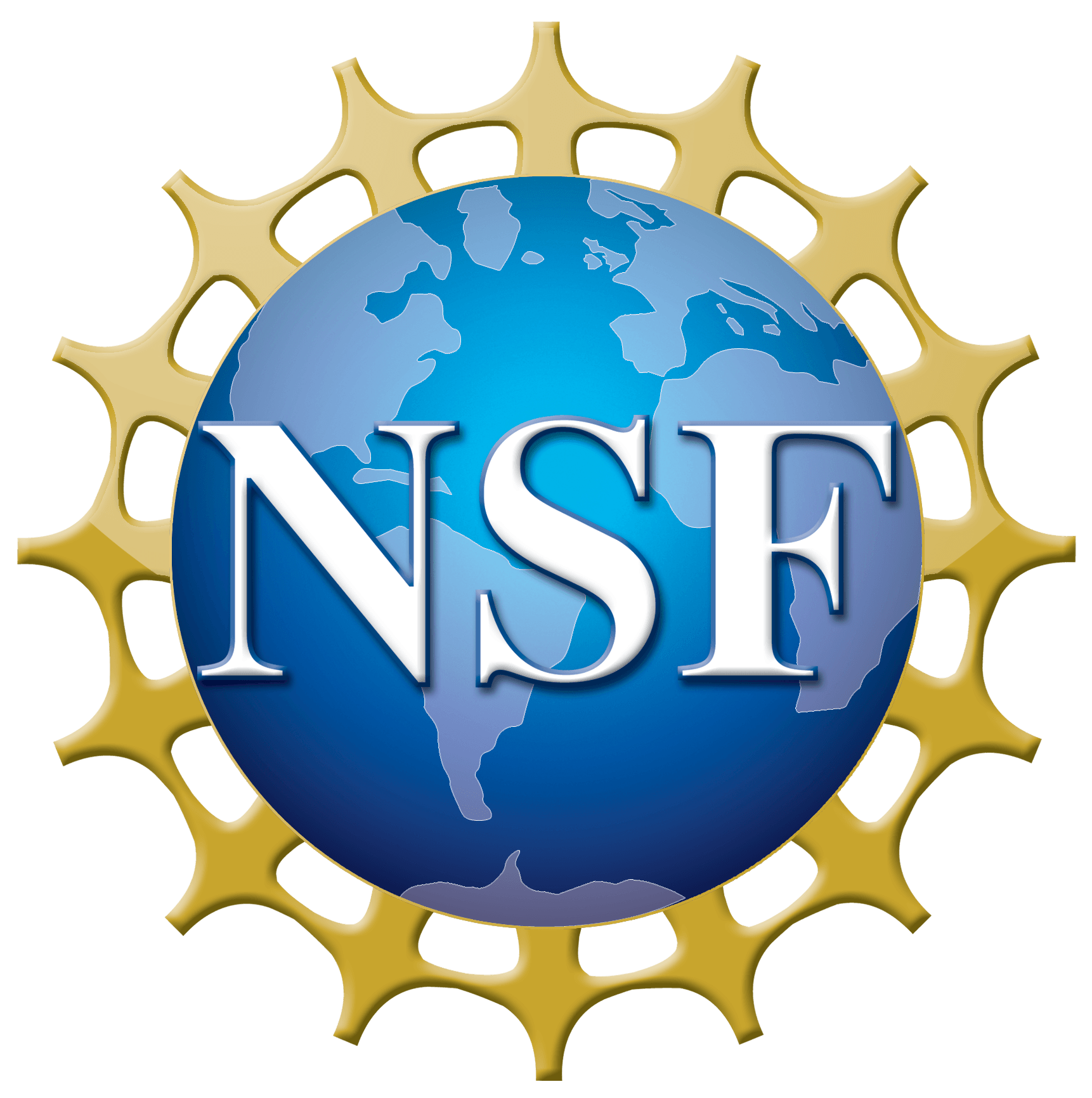Latest NRAO News
News is managed by NRAO News & Public Information. Questions about News? Have a story to share? Want to interview a scientist or create new media about our telescopes?
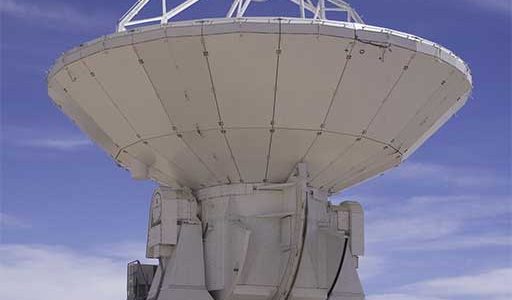
High in the Atacama region of northern Chile one of the world’s most advanced telescopes has just passed a…
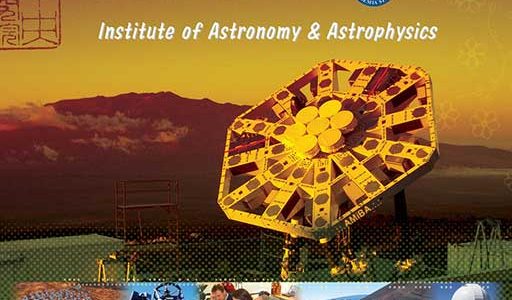
The National Radio Astronomy Observatory has announced a formal agreement enabling Taiwanese astronomers to participate in the North American component of the international ALMA partnership, alongside American and Canadian astronomers. Taiwan’s efforts will be led by the Academia Sinica Institute of Astronomy and Astrophysics.

The National Radio Astronomy Observatory has announced the appointment of Dr. Carol Jean Lonsdale as the Observatory’s new Assistant Director for the North American ALMA Science Center. As NAASC head, Lonsdale will lead the team that will enable North American astronomers to exploit the capabilities of the Atacama Large Millimeter/submillimeter Array, a powerful new international astronomical facility under construction in the high-altitude Atacama Desert of northeastern Chile.

In the thin, dry air of northern Chile’s Atacama Desert, at an altitude of 16,500 feet, an amazing new telescope system is taking shape, on schedule to provide the world’s astronomers with unprecedented views of the origins of stars, galaxies, and planets.

The first of two ALMA transporters — unique vehicles designed to move high-tech radio-telescope antennas in the harsh, high-altitude environment of the Atacama Large Millimeter/submillimeter Array — has been completed and passed its initial operational tests.
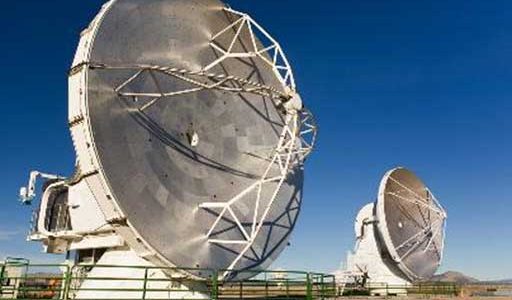
The Atacama Large Millimeter/submillimeter Array, an international telescope project, reached a major milestone on March 2, when two ALMA prototype antennas were first linked together as an integrated system to observe an astronomical object.
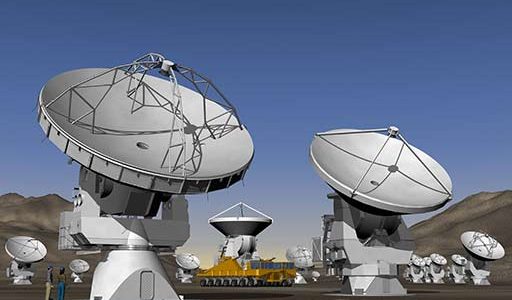
Two teachers from the town of San Pedro de Atacama, in the northern desert of the South American nation of Chile, arrive in Magdalena, New Mexico, Sunday, January 28, for a two-week visit that is part of a Sister Cities program sponsored by Associated Universities, Inc, the nonprofit research corporation that operates the National Radio Astronomy Observatory.
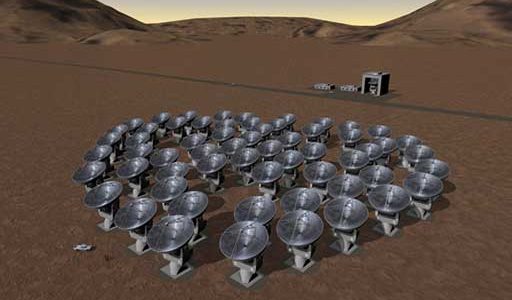
Scientists and dignitaries from North America, Europe, and Chile broke ground today (Thursday, November 6, 2003) on what will be the world’s largest, most sensitive radio telescope operating at millimeter wavelengths.

Dr Rita Colwell, director of the U.S. National Science Foundation, and Dr Catherine Cesarsky, director general of the European Southern Observatory, today signed a historic agreement jointly to construct and operate ALMA, the Atacama Large Millimeter Array, the world’s largest and most powerful radio telescope operating at millimeter and sub-millimeter wavelengths.
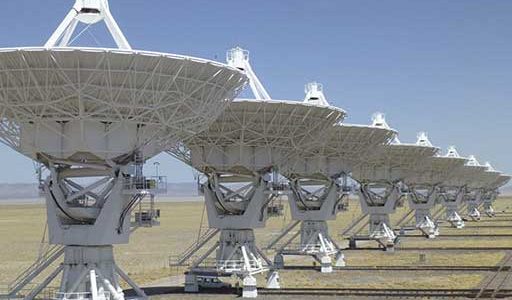
The United States and Canada intend to collaborate on two of the most important radio astronomy projects of the new century — the Atacama Large Millimeter Array and the Expanded Very Large Array.




